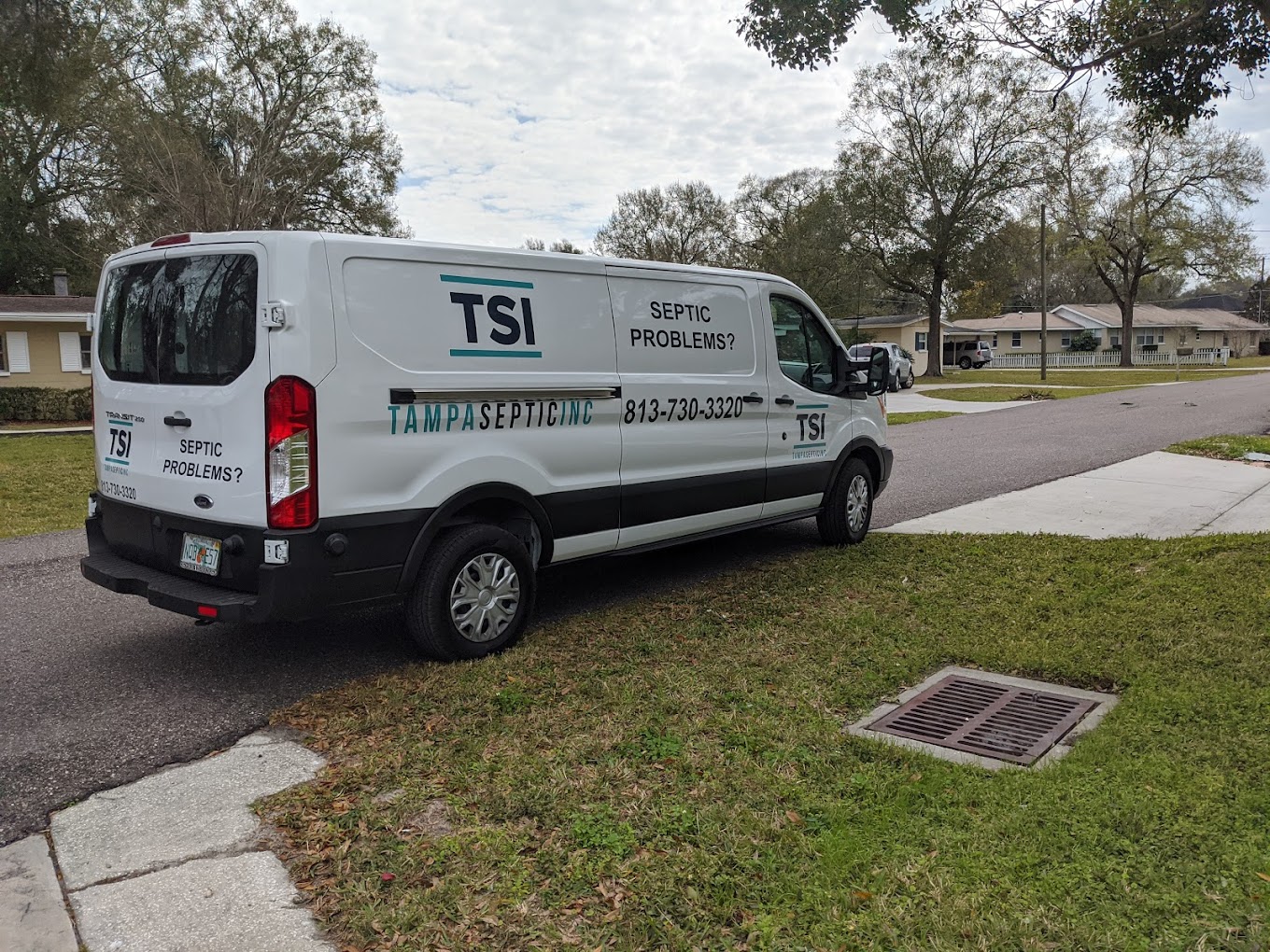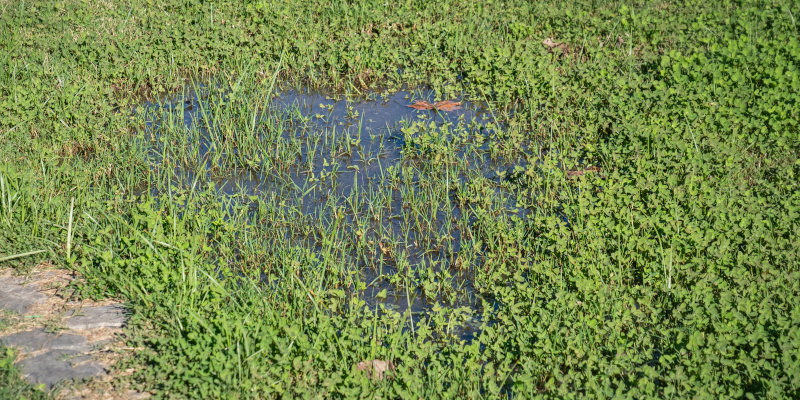
The drain field, also known as the leach field, is an integral part of your septic system. It’s where the final treatment and dispersal of treated wastewater occurs. Knowing when to request drain field inspections can save you from expensive repairs and potentially harming the environment. Here’s what you should know about drain field inspections, signs of drain field issues, and the recommended frequency of inspections.
Why Drain Field Inspections Are Needed
A malfunctioning drain field contaminates groundwater with harmful bacteria and pathogens. Regular maintenance and inspections prevent these environmental hazards. Inspections also identify issues early. During the inspection, we will check the depth of solids along with distribution boxes and examine the soil and vegetation above the drain field. We will look for signs of trouble such as ponding.
Signs of Drain Field Issues
Soggy spots or standing water in the yard, especially around the drain field, could indicate saturation and a failure to treat wastewater properly. Unpleasant odors near the drain field denote the surfacing of untreated sewage, which should never occur. Overly green grass over the drain field might look healthy, but it is wastewater fertilizing your lawn and a leak or failure has occurred. Slow flushing or drainage can signal a blockage.
Frequency of Drain Field Inspections
Septic systems, including the drain field, should be inspected every 1 to 3 years, depending on how much demand you put on your septic system, the number of people living in your home, and the age of the system. Regular drain field inspections help your septic system to function properly. If you notice signs of drain field problems or if it’s been a few years since your last inspection, contact us.




